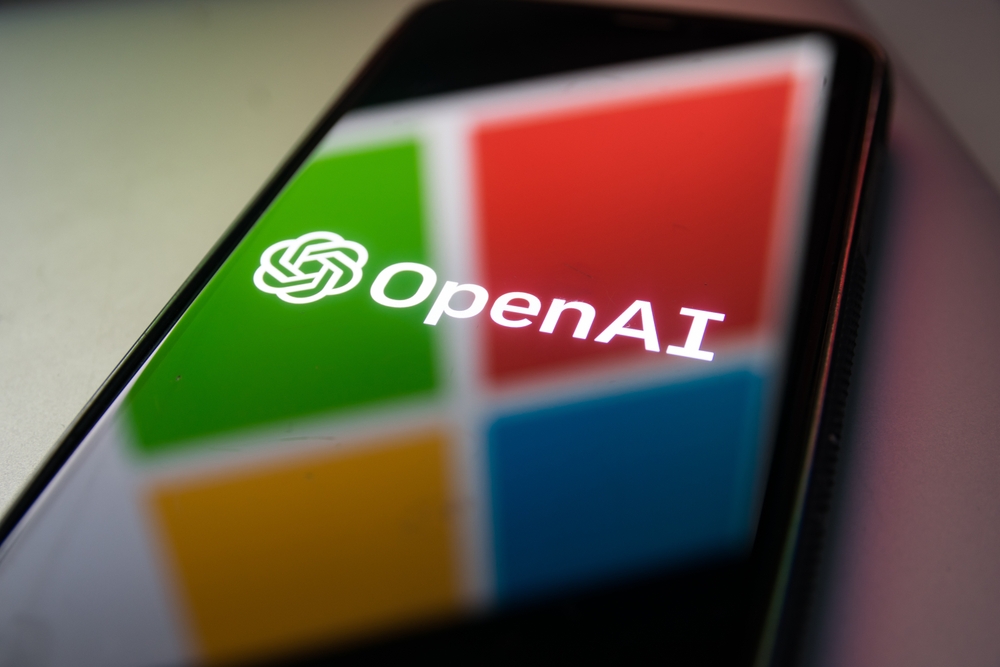Microsoft and OpenAI are a force to be reckoned with, but it’s not always been smooth sailing.
The relationship between OpenAI and Microsoft was initiated in 2019 when Microsoft invested $1bn into the company.
By investing in OpenAI, Microsoft provides the cloud infrastructure required to grow and scale its models. In exchange, Microsoft can license and sell OpenAI’s models.
OpenAI and Microsoft have a unique non-exclusive “open relationship,” as OpenAI supports some of Microsoft’s fiercest rivals, like Salesforce.
Simultaneously, Microsoft is limiting OpenAI’s potential for search engine integration.
OpenAI has discussed licensing options with other search engines. For instance, DuckDuckGo uses ChatGPT to fuel its chatbot DuckAssist. When Microsoft released the new version of Bing, they revised their policies to ramp up costs for search engines that want to integrate generative AI into their products.
How? Because Microsoft licenses its internet search index, and Google doesn’t.
Microsoft and Google are the only two companies that index the entire web. If competitors want to build search engines with generative AI to compete with Bing, Microsoft will increase the costs of using their index.
In addition to competitive frictions, there have been reports of dissatisfaction among Microsoft employees due to reduced expenditure on internal AI projects and OpenAI’s secrecy regarding the inner workings of their models.
Oren Etzioni, the former CEO of the nonprofit research organization the Allen Institute for Artificial Intelligence, told the WSJ, “What puts them in more of a collision course is both sides need to make money. The conflict is they’ll both be trying to make money with similar products.”
Confusion surrounding the Bing chatbot
When Microsoft was planning to launch its Bing chatbot, OpenAI was still worried the AI wasn’t ready for public use.
The AI was susceptible to prompt injection attacks that enabled users to manipulate the chatbot, accidentally disclosing company secrets and generating wildly inappropriate responses.
Within hours of launch, New York Times journalist Kevin Roose talked to the chatbot at length and reported it bizarrely told him it loved him and urged him to leave his wife. Others had similar experiences, suggesting OpenAI was right to be hesitant.
Fortunately, it was nothing of the same magnitude as Microsoft’s Tay, a chatbot deployed to social media in 2016 and swiftly deleted after it went on a rampage of racist, sexist, and violent verbal abuse.
Microsoft said they knew the risks of deploying GPT-4 into Bing but felt they were both relatively innocuous and inevitable, as the chatbot would need to align in a real-world environment.
In an interview with Wired, Microsoft CEO Satya Nadella said, “We did not launch Sydney with GPT-4 the first day I saw it because we had to do a lot of work to build a safety harness,” adding “But we also knew we couldn’t do all the alignment in the lab. To align an AI model with the world, you have to align it in the world and not in some simulation.”
OpenAI and Microsoft will remain together for 2023, at least, but it’s far from a perfectly balanced and symbiotic relationship.





